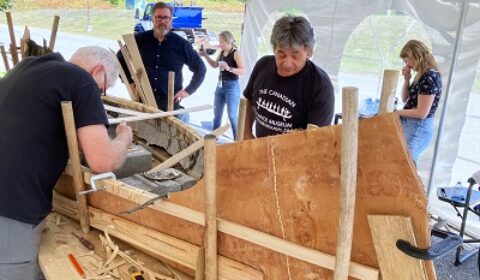CANOE-BUILDING AT ST. DOMS GIVE STUDENTS HANDS-ON INDIGENOUS EDUCATION FROM MASTER BUILDER CHUCK COMMANDA
Mark Clairmont | MuskokaTODAY.com
BRACEBRIDGE — Can you make a birch bark canoe from a white paper tree in your yard?
“Depends on the tree. Is it big enough, tall enough and straight enough?”
So said master canoe builder Chuck Commanda Wednesday.
He is at St. Dominic’s high school this week and next building his fifth “Algonquin-style” canoe for the Simcoe Muskoka Catholic District School Board. With four more secondary schools to go.
“But if you want make a basket at home you can,” joked Amberly Quakegesic in town from Chapleau nine hours away.
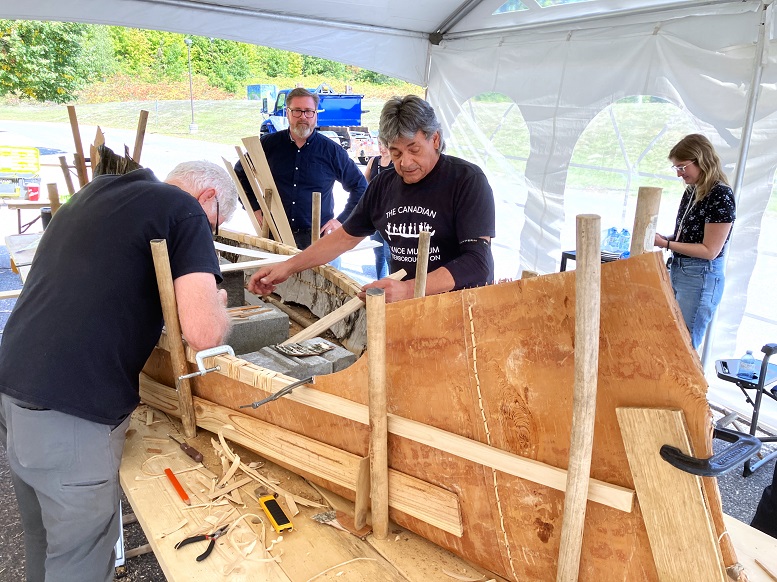
She is one of the two apprentices — along with Dave Connell of Huntsville — working with Commanda to build a 12- to 13-foot canoe in a tent out back of the school shop.
With help of students they will launch it next Friday with Quakegesic first to paddle down the Muskoka River from Kelvin Grove Park in Bracebridge at 1:30 p.m.
And if in the unlikely event there is a leak, Quakegesic laughs “we can easily fix it on site with some more spruce pitch.”
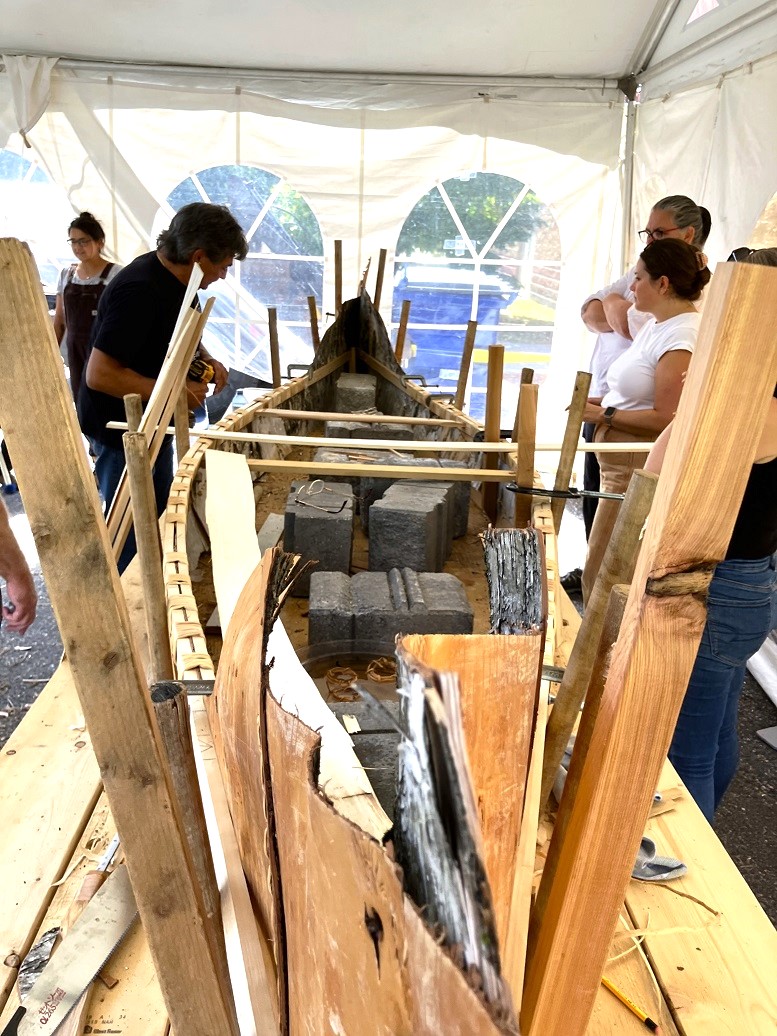
It’s all part of a two-week “school-wide” Indigenous skilled trades course event begun Monday to showcase apprenticing and encourage students to consider the work field studies in school and post graduation, says principal Joe Conway.
“It’s part of Truth and Reconciliation to include Indigenous education,” he says.
Teacher Jen Starratt, project co-ordinator, says it’s meant to “combine skilled trades with Indigenous learning.”
And is part of the Ontario Youth Apprentice Program (OYAP), which combines co-op and construction classes that together lead to work apprenticeships with businesses by mixing on job experience and in-class studies for credits before graduating and going on to college and trade schools.
“This is a bonus,” Starratt said “for history, art, geography and math students to connect in different ways.
“It’s amazing to just stand and listen to (Commanda) and then you sit back and realize you learned a million things.”
“The whole school is involved,” said Conway, all 170 students.
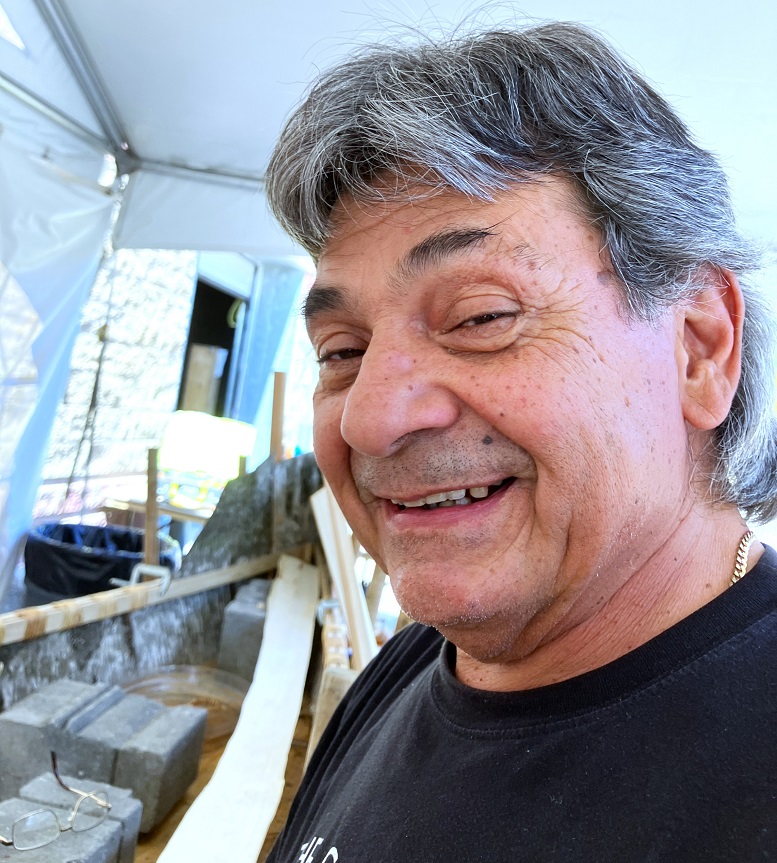
And is a real bonus for students from the three First Nations of Wahta, Wasauksing and Moose Deer Pointe bussed east to the school from the Parry Sound area. Elementary school students from there are also visiting.
St. Doms has a single-semester Indigenous studies course as a substitute for history. But this year there weren’t enough students. “Next year for sure,” promised Conway.
As part of Monday’s start a smudging ceremony took place and there’s another one next Friday, Sept. 19, at a school assembly to launch the canoe on its first journey before being returned to the school for display and possible use.
“He teaches so much more than canoe building,” says Conway. “Oh yeah! They can ask him anything about Indigenous culture. He’s so friendly. The beauty of it is it is so organic. It’s really exciting to watch.”
Construction class students built a table frame for the canoe in a 20×20-foot tent outside their classroom.
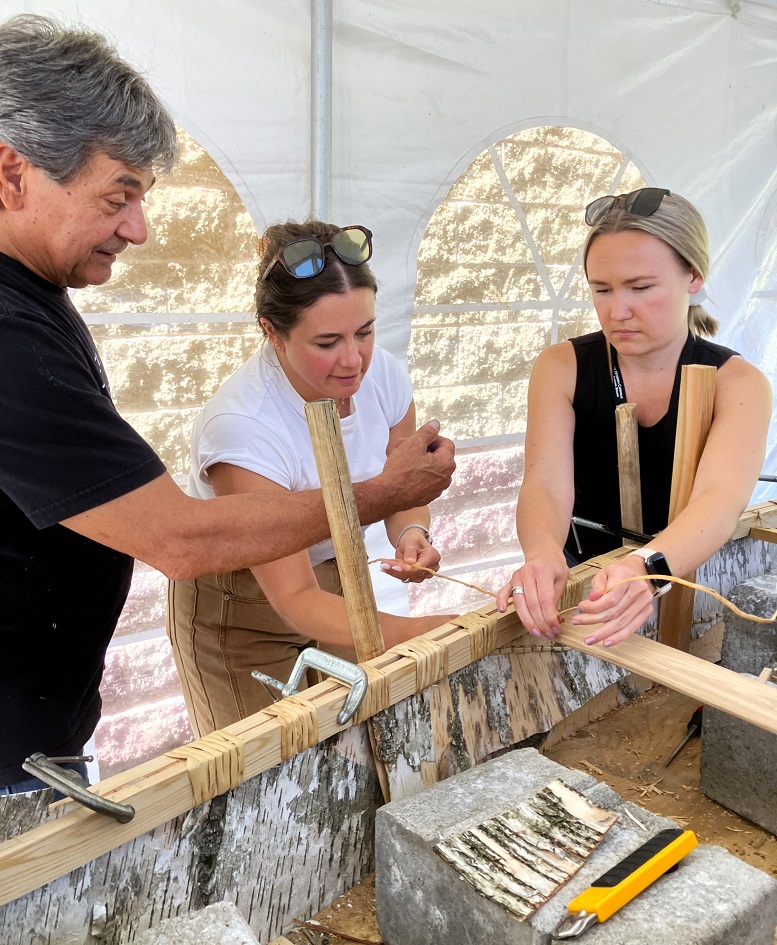
This week several classes came out to monitor daily progress and it was hands on if they wanted to sew on the single piece of bark, wrapping and weaving the string-like wood roots around the gunnels to securely and safely attach it.
Commanda, 60, who is from Kitigan Zibi, Quebec, is a master of the native art in which each canoe is unique, custom-built and can hold two people with a moose sandwiched between.
He learned the skills from his grandparents Mary and William north of Ottawa where he grew up.
When his parents were in residential school the trade skipped a generation.
“After watching my both grandma and grandpa make roughly 200 canoes — and reading about it — it just made a lot of sense to learn it.”
His grandfather’s “most famous one was for Princess Margaret of Denmark.
“Before the old man’s passing, he asked me to make him one and he gave me the green light.”
In the 20 years since, Commanda has since built “about 100” — making about five a year now.
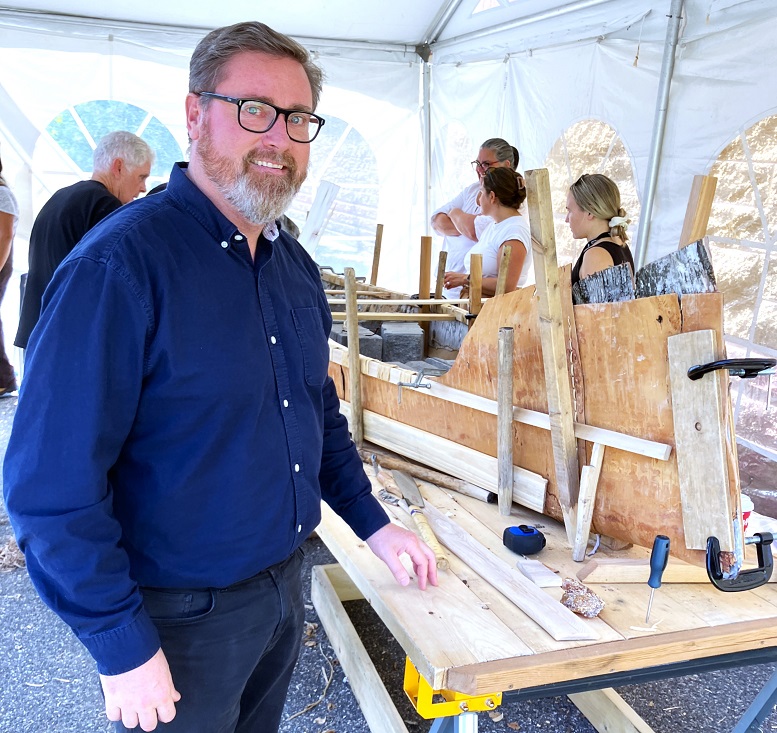
So will this be his best?
“No. Believe it or not. I built a canoe in Kingston and 90 per cent of my helpers were women. And that was the nicest shaped one I ever built. And I’m not just saying that.
“Why? To be brutally honest, is women take instruction better. They’re more meticulous in their work. And they pay more attention.”
Yesterday he was getting help from board instructors including Mary Katherine Charters, the Indigenous studies teacher and co-ordinator along with Courtney Laurin and two others.
Quakegesic said this is her eighth canoe-building with Commanda.
She figures it will take her another five years before being proficient enough alone.
“I’m not leaving the nest for a while. My goal is to have the materials by next spring and do a lot on my own without travelling so much.”
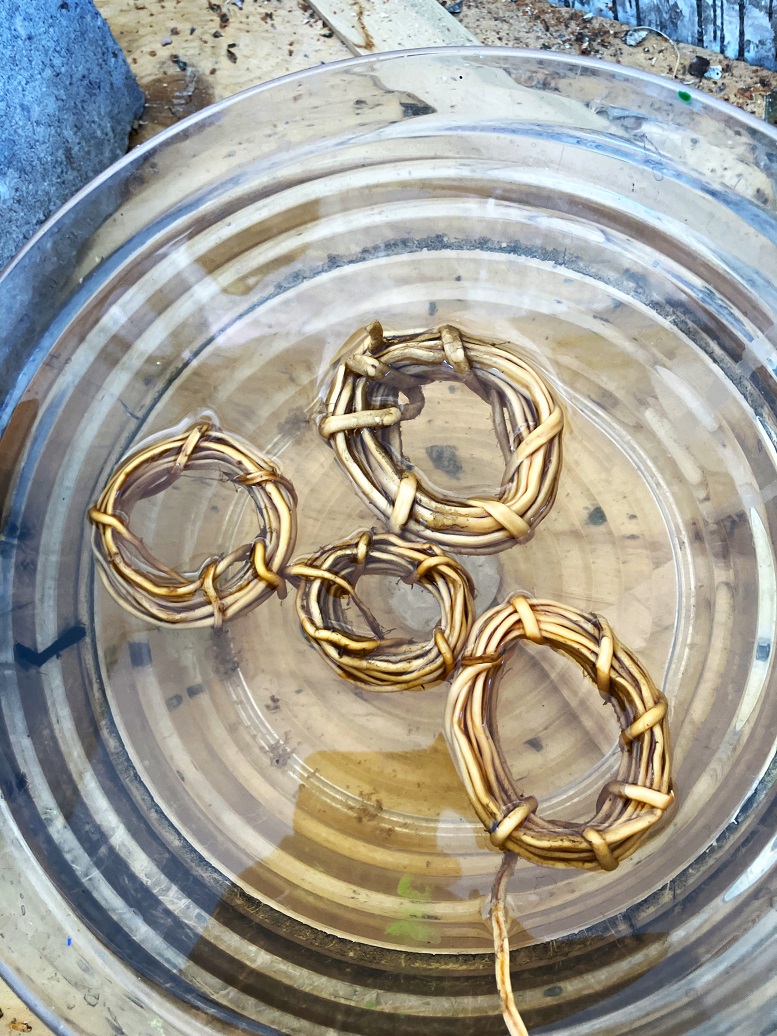
That includes having the five wood types: birch bark, cedar, ash, spruce roots to tie it together and iron wood for the nails. And amber pitch from a spruce tree to seal everything including the bow (which is the top part of the tree), the stern and any seams.
Commanda said he fell the four-foot round white birch this spring east of Algonquin Park in Maynooth, which is south of Whitney and Barry’s Bay. He rolled up the single piece and stored it till this week when after wetting unfurled it at the school.
Debarking appeared as simple as a single slice up one side of the 13-foot downed log and peeling it like a fish, shows a smart-phone photo by Connell.
Though it’s not quite as easy, laughed Quakegesic who is “lucky” be the only woman of three apprentices. “There’s still tons of problem solving.”
She said every canoe is “different depending on the water and purposes. This one will have a high front to cut through the water. Lower-sitting ones are good for hauling in fish nets. Ojibwa ones are also more flat-bottomed.
Most are about 18 inches deep, but can be 22 inches.
Today they were installing the ribs.
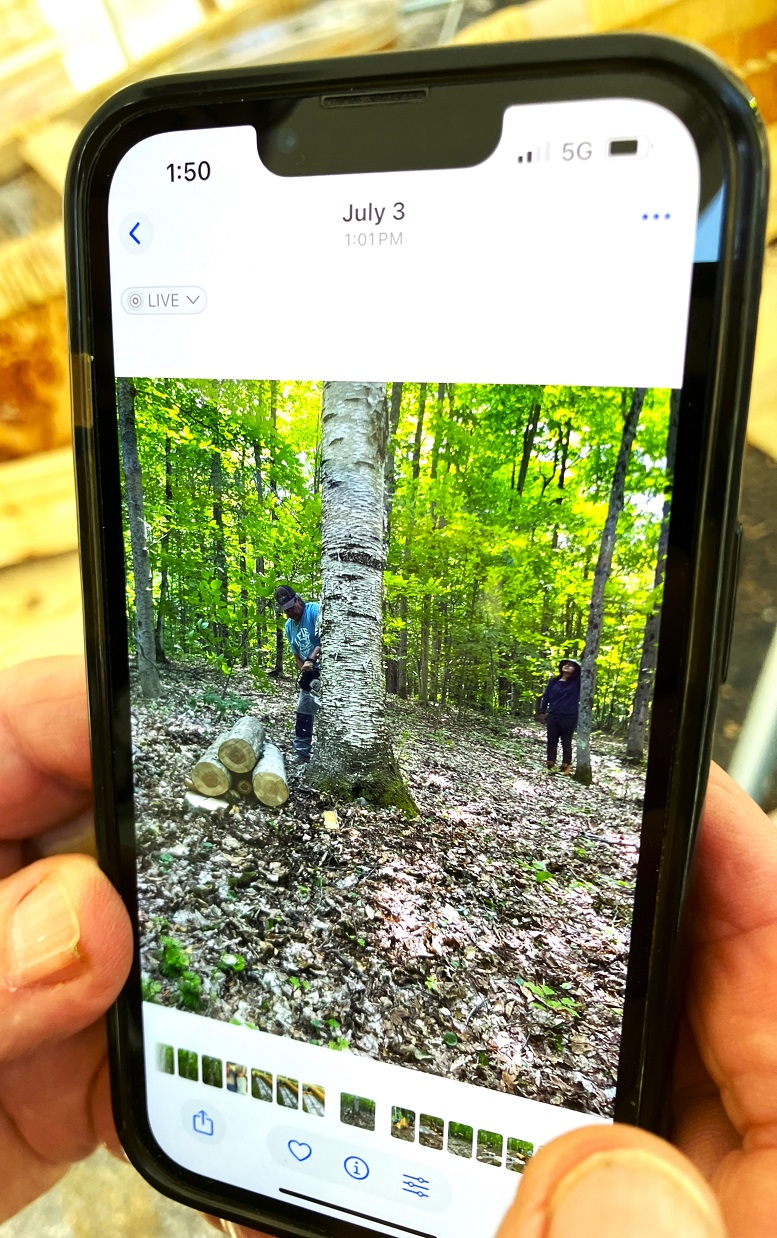
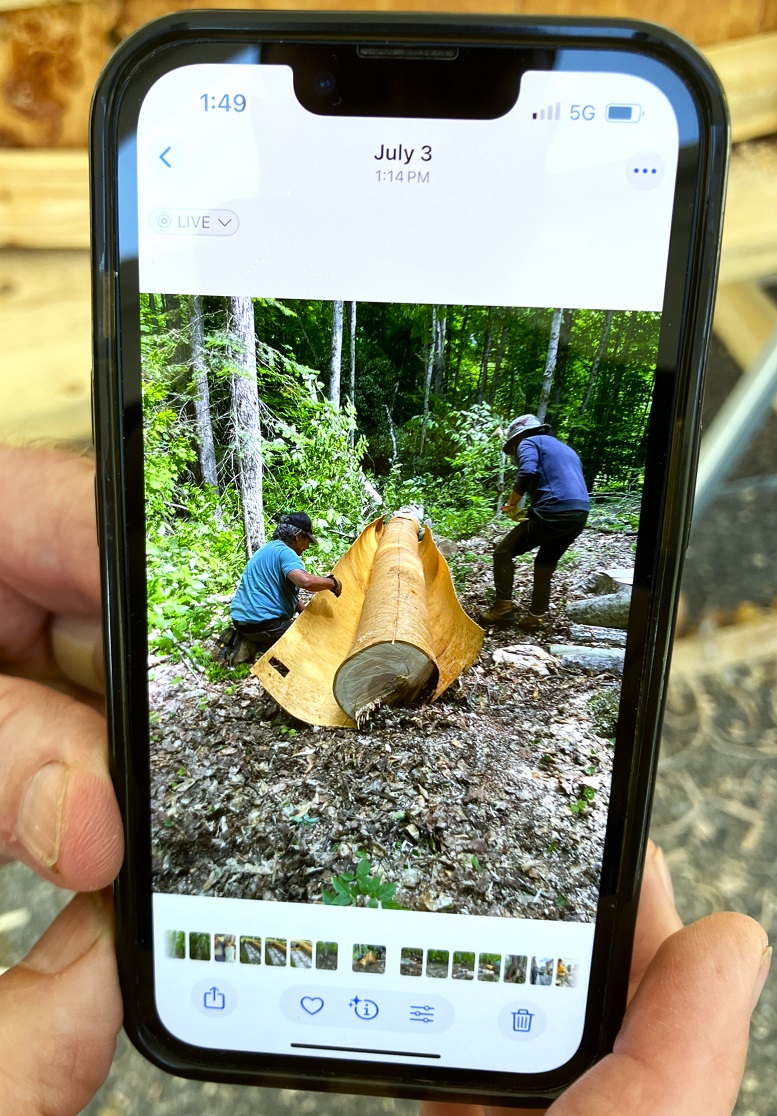
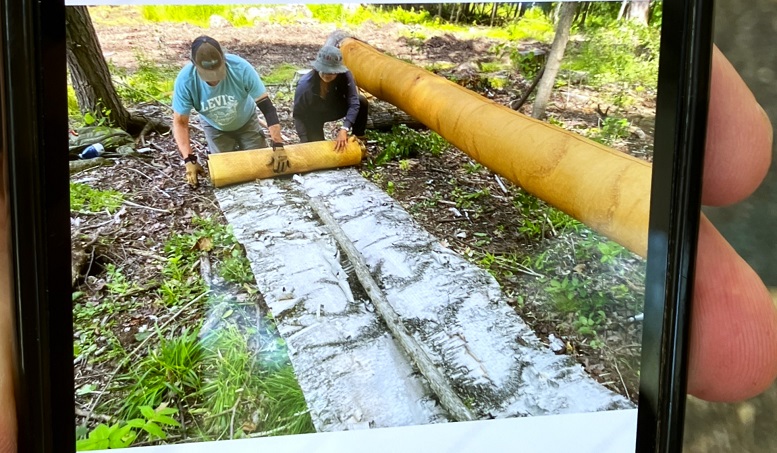
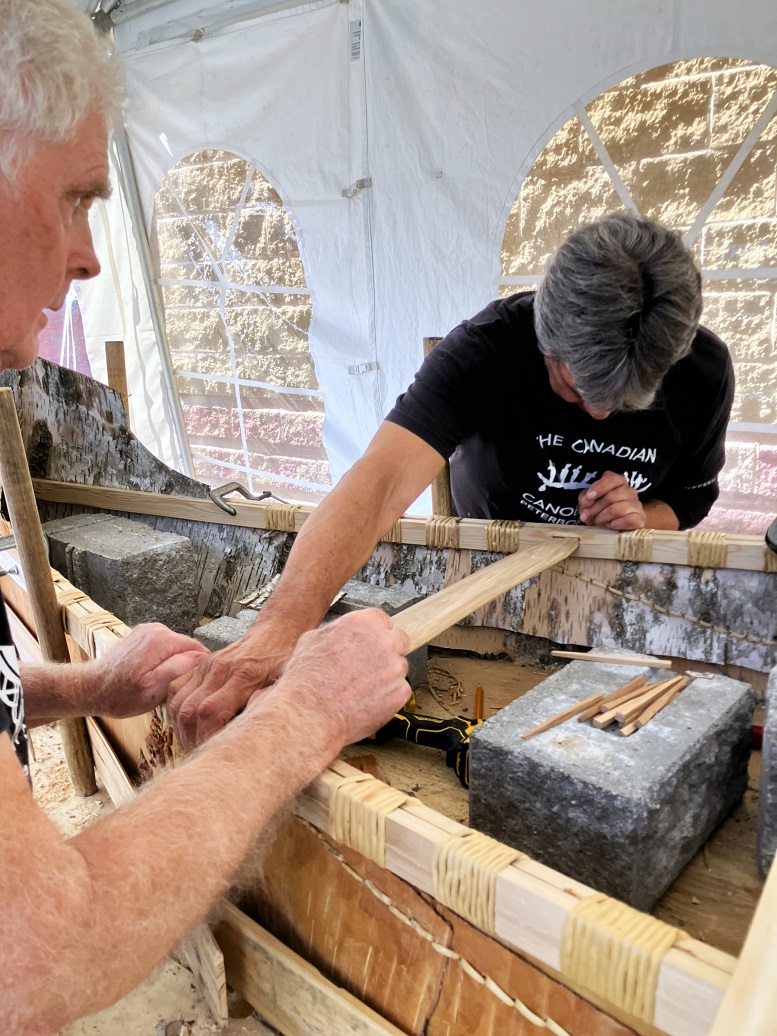
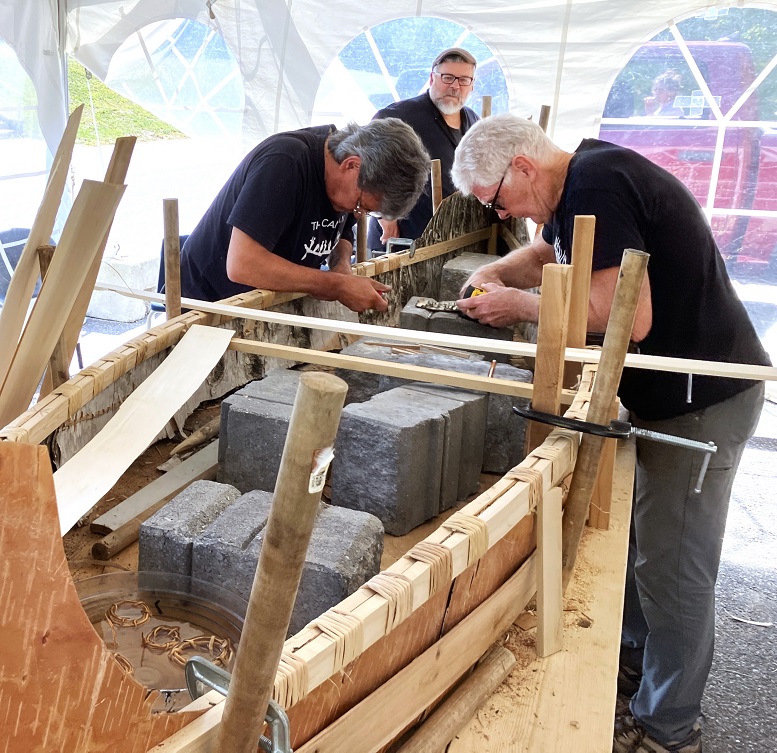
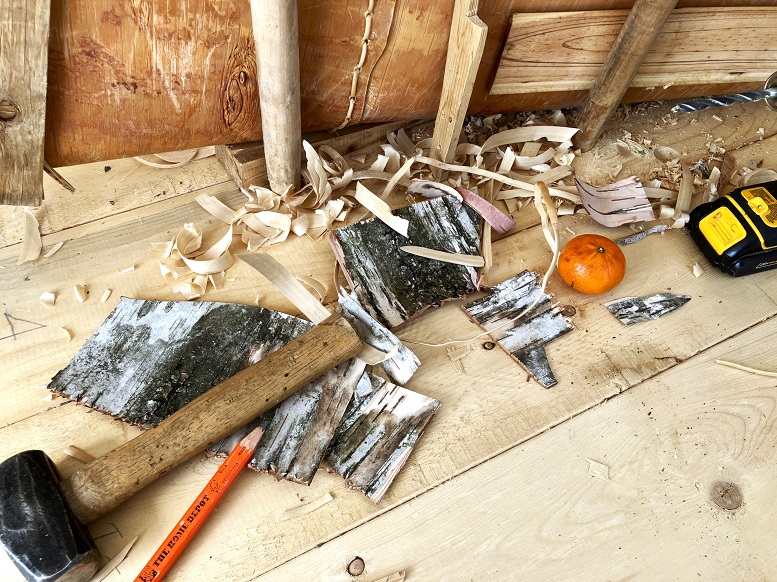
EMAIL: news@muskokatoday.com
31 years of TRUSTED ‘Local Online Journalism’
SINCE MAY 20, 1994
Twitter: @muskokatoday, Facebook: mclairmont1
SUBSCRIBE for $30 by e-transferring to news@muskokatoday.com
Mail cheque to MuskokaTODAY.com Box 34 Gravenhurst, Ont. P1P 1T5
And include your email address to get stories sent to your inbox
